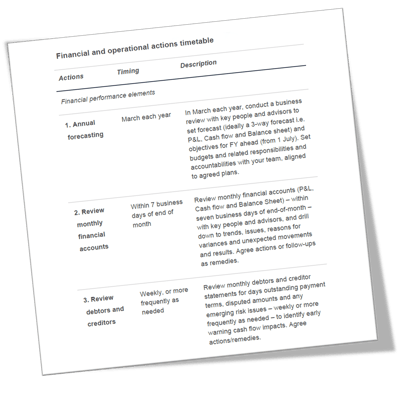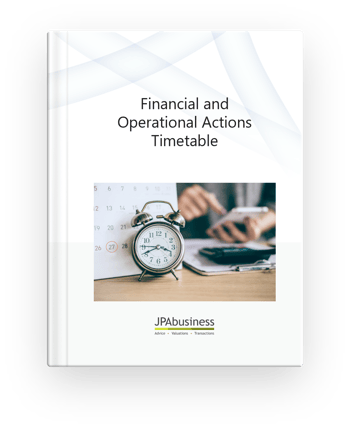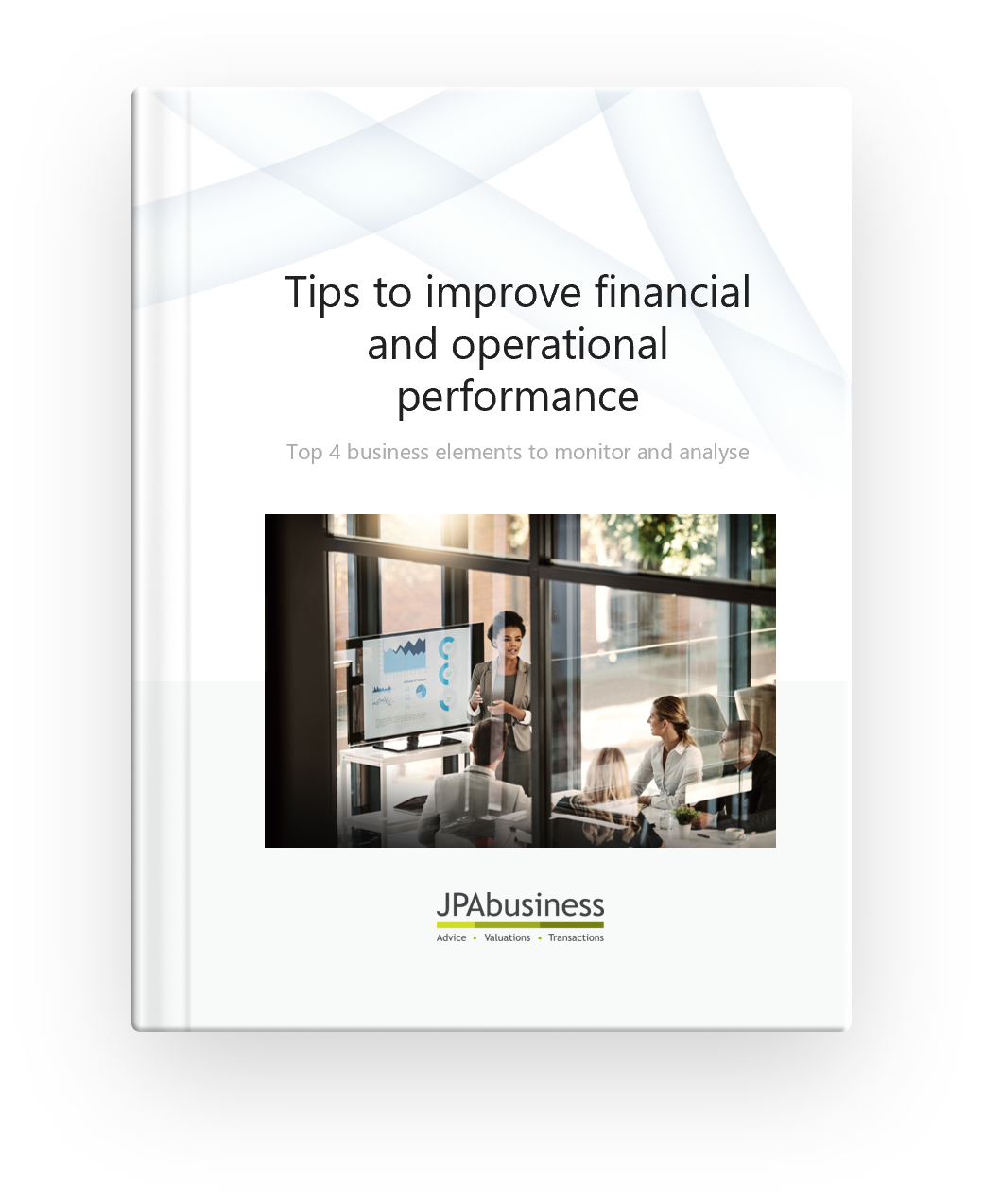In our ebook Tips to improve financial and operational performance we examine the top 4 business elements a business owner or manager needs to monitor, review and analyse to effectively manage and improve their financial and operational performance.
Over the next few weeks we’ll be drilling down into each of those 4 elements and providing you with a timetable of actions to help you keep on top of those critical aspects of your business.
First up: Financial performance – utilising the Profit & Loss or Income Statement, Balance Sheet and Cash Flow Statements.
When monitoring and assessing the financial elements of business performance, most people start with the accountant-prepared financial statements.
Many businesses tend to run the full financial year and don’t receive their accountant-prepared financials until early the next calendar year.
How is that helpful in terms of running a business? You need financial performance intel on a much more timely basis than that if you’re going to use it to actively support your decision making.
Timely and accurate accounting
This brings us to your internal management information system and the management accounts and other useful reports from your financial system. These are typically completed monthly.
A good business has those management accounts ready to review for the month that’s just gone within 4–7 business days of the end of the month.
Many businesses don’t have their management accounts ready until at least four weeks after the end of the month. The P&L statement is usually close to accurate, but the Balance Sheet is often a long way from an accurate due to delays in account reconciliations and related party transactions.
It’s hard to make a change in a business if you have to wait a month – sometimes much more – before you can even recognise something is going wrong, let alone figure out what to do about it. And if the management accounts have gaps and inaccuracies, it’s even harder!
The answer: bring your reporting forward.
Start accounting for your performance in as close as possible to real-time.
This may require new systems and processes, extra resourcing and/or changing the way people do things. Depending on the business, it can involve changing invoicing processes so they can be entered into the system in a more timely manner. It might also involve tuning up your receipts and payment processes.
Using the information
Once you have more timely and accurate management accounts, what do you do with them?
Start by interrogating those financials at a basic level to begin to understand what went on during the past month.
Look at:
- Sales, expenses and the result
- What made up sales – the customer split, the industry or services split
- Your balance sheet – including your working capital position
- Your debtors and creditors – days outstanding for each.
Ask your team: Is this what we expected or does something stand out that is not quite right? What can we do about it?
Are you looking at your financials against a budget or a forecast? Setting your budget or forecast expectations in advance makes it a lot easier to determine whether expectations and business objectives are being met, exceeded or, instead, there’s a negative variance.
Drilling down
Let’s take a closer look at what the financial reports could be telling you and how they could help avoid potential ‘potholes’, with some examples:
Debtors: If you’re entering your financial information in a timely manner, the reports will easily identify any big customers who haven’t paid and who may be starting to get over your payment terms. This will help you actively manage that issue, so you don’t end up with a cash flow problem.
Business expenses: On a less frequent basis, you could look at how business expenses are trending versus the same quarter last year. As a percentage of revenue are they up or down? As a percentage variance of budget or forecast, how are they trending?
Employment expenses: You might look at employment expenses and find they’re trending well below budget and well below % of revenue. But you know there are a lot of projects coming up in the second half of the FY, and that will swing around. Or you might see employment expenses are up 20% on the same period last year, and they’re also over budget. It’s going to be a tight next six months.
Ask your team: How are we going to deal with this? What can we do to turn things around? Do we need to change our margin on certain jobs? Do we need to change our resourcing on certain jobs to impact that?
If you’re not looking at these issues in a timely manner, the world will pass you by in business and you will just collect what you collect at the end, rather than having an opportunity to make a positive difference and influence your results.
Use our Financial and Operational Actions Timetable
Every business is different and every business owner has different goals, objectives, priorities and schedules.
In working with clients over many years, we have learned that, despite these differences, it is critical for financial and operational performance to have discipline and a deliberate focus around the key elements you monitor, review and address as an owner or manager.
Our free timetable covers the critical items to focus on in running and managing a business.
If you would like to improve your business’s financial and operational performance, we’re keen to help you. Feel free to get in touch by calling 02 6360 0360 or 02 9893 1803 for a confidential, obligation-free discussion.

